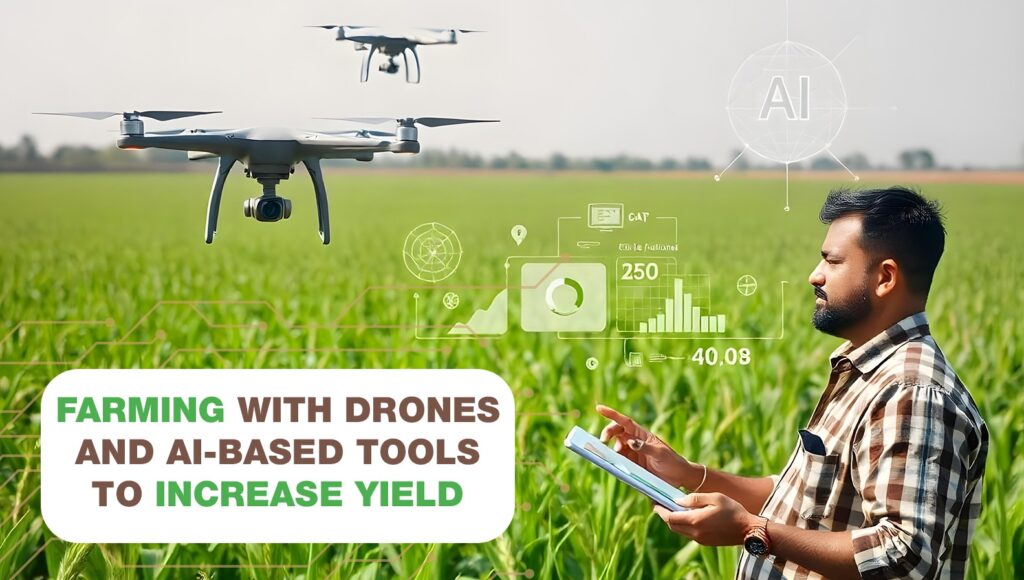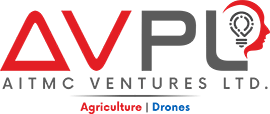
Farming with Drones and AI-Based Tools to Increase Yield
The agriculture industry is at the forefront of technological innovation, with drones and artificial intelligence (AI) playing pivotal roles in enhancing farming practices. These tools are not just improving efficiency but fundamentally transforming how farmers approach crop management, ultimately leading to increased yields.
Precision Agriculture: The New Frontier
Precision agriculture, often dubbed the future of farming, leverages data-driven insights to optimize field management. Drones equipped with high-resolution cameras and multispectral sensors provide farmers with detailed aerial imagery of their fields. This data allows for identifying variations in crop health, soil moisture levels, and nutrient deficiencies. By utilizing this information, farmers can apply fertilizers, pesticides, and water precisely where and when needed, reducing waste and maximizing resource use.
For instance, a drone survey may reveal that certain field areas are underperforming due to nutrient depletion. Instead of applying fertilizers uniformly across the entire field, farmers can target only the deficient areas, leading to improved crop health and higher yields.
Crop Monitoring: A Real-Time Solution
The ability to monitor crops in real-time is a game changer. Drones can fly over fields multiple times during the growing season, capturing high-resolution images that can be analyzed using AI algorithms. These algorithms can detect changes in plant health and growth patterns and even predict yield outcomes.
Farmers can make informed decisions regarding irrigation schedules, pest control measures, and harvest timing with timely insights. For example, if a drone identifies signs of a pest outbreak, farmers can act quickly to mitigate damage, ensuring their crops remain healthy and productive.
Soil Analysis: Understanding the Foundation
Healthy crops start with healthy soil. Drones with specialized sensors can perform detailed soil analysis, assessing parameters like pH levels, organic matter content, and moisture retention. Farmers can tailor their practices to improve nutrient management and enhance overall crop performance by understanding the soil’s condition.
For example, if soil analysis reveals a potassium deficiency, farmers can adjust their fertilization strategy to include potassium-rich amendments, optimizing crop growth and yield potential.
Time and Cost Efficiency: Maximizing Resources
The efficiency that drones bring to farming operations cannot be overstated. Traditional methods of crop monitoring and management can be labour-intensive and time-consuming. Drones significantly reduce the time required for these tasks, allowing farmers to focus on strategic planning and decision-making.
Moreover, farmers can lower input costs and increase profitability by optimizing resource use—whether it’s water, fertilizers, or labour. For instance, using drones for targeted pesticide application can minimize chemical usage, resulting in cost savings and reduced environmental impact.
The Future of Farming
As technology advances, the potential for drones and AI in agriculture will only expand. From autonomous drones capable of carrying out complex tasks to advanced AI systems that predict crop yields with remarkable accuracy, the future of farming looks promising. Embracing these innovations can lead to increased yields and more sustainable and efficient farming practices.
In conclusion, farming with drones and AI-based tools is not just a trend; it’s a paradigm shift. Farmers can enhance productivity, reduce waste, and contribute to a more sustainable agricultural future by leveraging these technologies.

